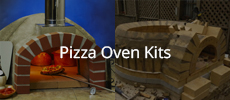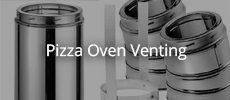Before setting the floor I wanted this quick preview of the oven opening. What I've got is a 20" wide opening with 2 ranks of bricks for the landing and a 1.25" offset on the outer rank for the door. Thinking of cutting the cal-sil off at the edge of the front rank, which will leave about 8.5" between the front edge of the heart and the oven landing.
Any final suggestions before I start laying the floor?
Cheers!







Leave a comment: